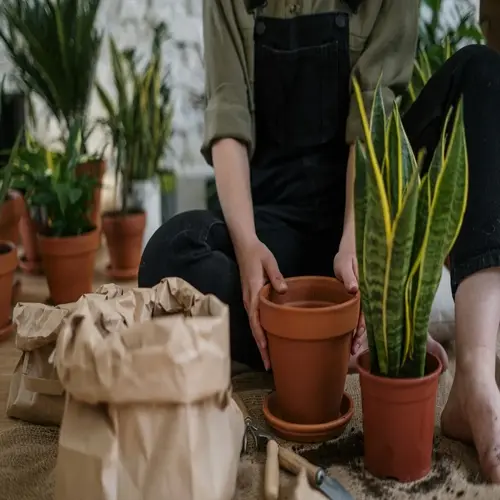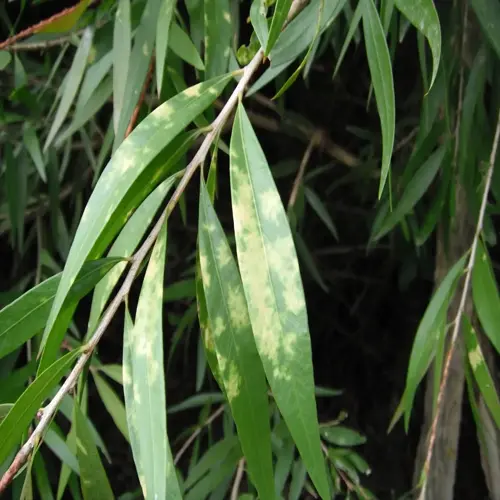What causes self-watering system failures?

Written by
Kiana Okafor
Reviewed by
Prof. Charles Hartman, Ph.D.Most self-watering system problems are the result of mistakes made by the user when installing the system itself, rather than flaws in the product. A knowledge of these particular problems will help reduce the chance of losing plants during vacations. They include: inability of the wick to reach the water supply, too-small water reservoir, blockage of the components, etc. Proper installation of the self-watering system will eliminate 90% of the possible problems.
Wick Positioning Errors
- Dry spots occur when ropes don't contact soil properly
- Solution: Bury wicks 2 inches deep near main roots
- Prevention: Use rigid stakes to maintain placement
Undersized Reservoirs
- Plants exhaust water supply before vacation ends
- Solution: Add 50% extra capacity for heat waves
- Prevention: Calculate needs using plant water consumption
Mineral Clogging
- Hard water deposits block emitters within days
- Solution: Flush with vinegar solution immediately
- Prevention: Install inline filters for tap water
Valve Miscalibration
- Flooding happens when pressure settings exceed needs
- Solution: Reduce pressure to 0.3 PSI (21 mbar)
- Prevention: Test flow rates before installation
Testing before installation will eliminate most failures. Perform trials for 48 hours, measuring the actual water use. Adjust the wick locations and reservoir sizes based on consumption. The testing and balancing phase ensures that the systems are calibrated to the plants' specifications before we go on vacation.
Environmental conditions can increase specific failures. For example, high temperatures can increase evaporation from reservoirs by 40%, and direct sunlight can increase algae growth on clear tubing. Install installations in shaded locations and use opaque materials to reduce risk.
Immediate interventions provide relief to plants when things go wrong. For dry areas, hand water while moving the wicks around. Reservoirs that are emptied need to be refilled as a precautionary measure. Clogs in a system need to be flushed with vinegar. Flooding needs immediate aeration of the soil and an adjustment of the valve.
Read the full article: 5 Self Watering Systems That Keep Plants Alive

